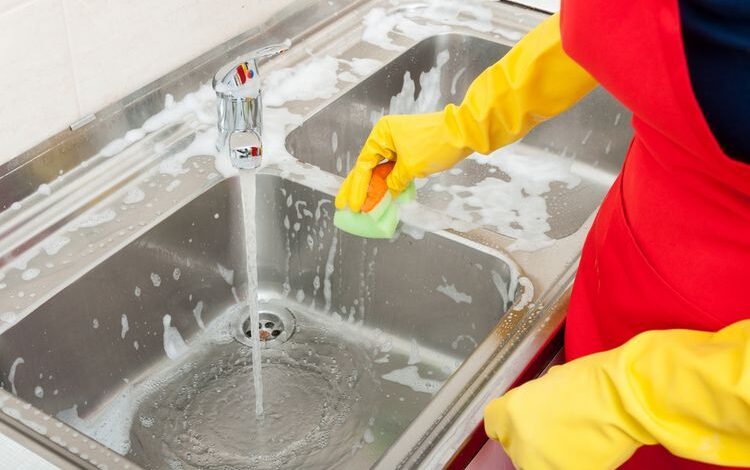Cleaning the Dishwasher So It's Germ-Free

DDHK. ORG – Cleaning the sink is an important thing that must be considered in supporting health many people at home.
As reported Kompas, healthy food starts with a clean kitchen, and keeping the kitchen sink clean is very important.
According to Food & Wine, kitchen sinks are full of bacteria and detritus so they qualify as one of the dirtiest places in the house and moist food scraps that go down the drain are the perfect breeding ground for germs, including E. coli.
Reported by House Digest, Saturday (14/1/2023), Hugo Guerrero, Certified home cleaning technicians with the Mattressive Authority explain the best way to keep your kitchen sink free of germs.
While it's good to start with a deep clean, Guerrero insists, it shouldn't be a one-off process.
She says it's a good idea to clean the sink regularly, as this can help prevent the buildup of dirt and bacteria and keep the sink looking and smelling fresh.
How to clean the sink so that it is germ-free can be by scrubbing the sink thoroughly.
Cleaning a sink effectively requires unhindered access to the drain and all surfaces.
The first step is to remove all dishes, utensils, and other items from the sink. This will provide a clear view of the sink and make cleaning easier.
The Mattressive Authority says start by cleaning the inside of the sink using a damp cloth or sponge to wipe it down.
Be careful, and don't neglect any part of the inside of the sink.
Guerrero suggests making sure to also clean the edges and corners, as these areas can collect dirt and bacteria.
Use a scouring brush or scouring pad to scrub the sink, paying special attention to stains or stuck food.
You can also use a baking soda and water paste to help loosen and remove stubborn stains. In addition to its stain-fighting properties, baking soda can help deodorize, providing an added layer of freshness to the sink.
After removing visible dirt, the next step is thorough rinsing, followed by careful inspection.
Use clean water to thoroughly rinse the sink, making sure to remove all soap and cleanser residue.
Germs can be found in certain parts of the kitchen sink, which may require a heavier product.
Guerrero also suggests using a disinfectant spray or wipes to clean hard-to-reach areas or surfaces that are prone to accumulation of bacteria, such as handrails or drains.
Frequently touched areas are a good place to start. So, let's clean the sink to maintain health. [DDHK News]



